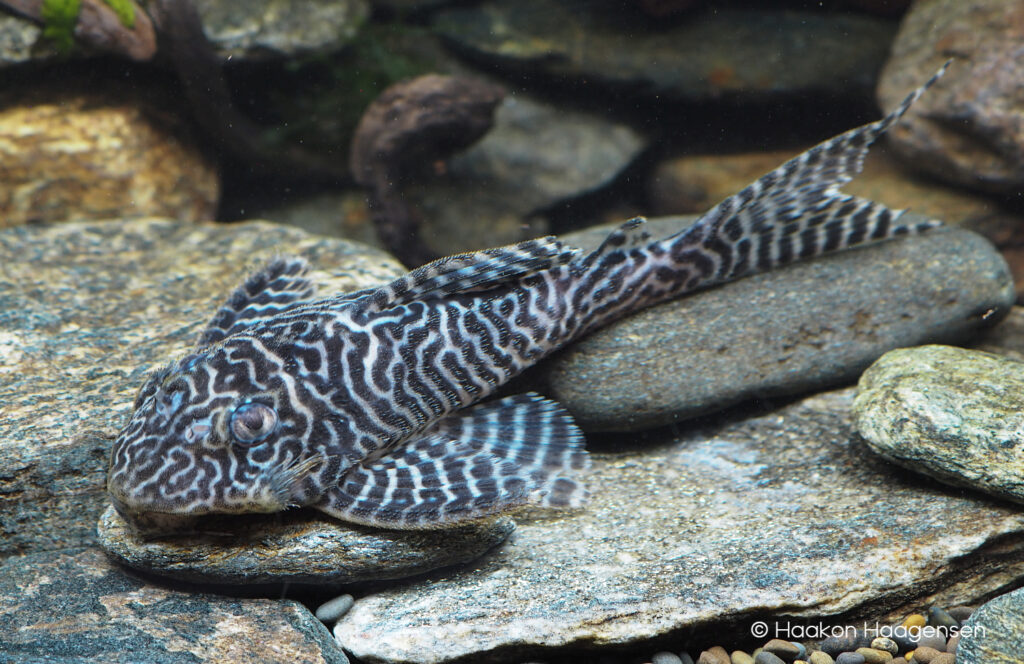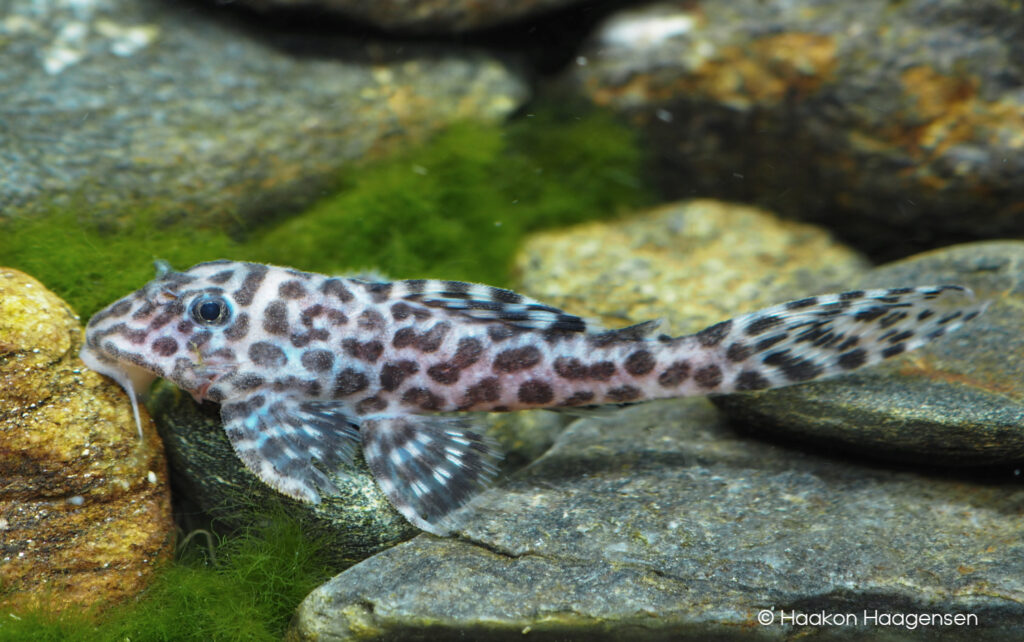
by Haakon Haagensen
Finally, the scientific descriptions of the remaining types of Hypancistrus from Rio Xingu, Brazil, are here! On February 10th, 2025, social media was flooded with the exciting news of two new names on the catfish scene: Hypancistrus seideli and H.yudja.
Back in 2014, AMAZONAS Magazine published my article Chaos In Black & White, highlighting the diversity of Hypancistrus in the Rio Xingu. At about the same time, Brazilian ichthyologist Leandro Melo de Sousa started his work on describing these species. Just over 10 years later, the results are here, and we are somewhat closer to understanding the chaos.
Leandro’s facilities, located on the banks of the Xingu River, allowed him to do significant studies on these fishes. The field research, monitoring their ecology, diversity, and even how to keep and breed them in his research lab paved the way for him to do a much more thorough description than what would normally be the process, as he puts it: “’Regular’ taxonomists take the jars on the shelves and sort the differences and decide how many entities [are] there. I, as a taxonomist, had the chance to see the many varieties in the field during the dives I did [over] the years. Also, to keep the fish in tanks and to be able to see the parents’ morphology and coloration and, later, see the offspring having much more color morphs ‘proved’ the theory that it’s all a huge variation in their genes.”
The results show that the fish we know as L66, L236, L333, L399 and L400 (likely L345 and L173 as well) are now all considered to be the same species; Hypancistrus seideli. The species is named in honour of Ingo Seidel, a very fitting tribute to a man who has had a massive impact on the catfish scene since the 90’s.

L174, a small-grown and highly endangered species from a very limited stretch of the Xingu River, has been named Hypancistrus yudja. It is named after a group of indigenous people from Volta Grande do Xingu, who used to make an income from collecting this species before both they and the fish suffered the impact of the Belo Monte Dam—another very appropriate name.
You can read the species description in the open-access journal article “Two new species of Hypancistrus (Siluriformes: Loricariidae) from the rio Xingu, Amazon, Brazil“, published in the Journal Neotropical Ichthyology. A more detailed article on this topic will follow in the pages of AMAZONAS Magazine.
Reference
Sousa LM, Sousa EB, Oliveira RR, Sabaj MH, Zuanon J, Rapp Py-Daniel L. Two new species of Hypancistrus (Siluriformes: Loricariidae) from the rio Xingu, Amazon, Brazil. Neotrop Ichthyol. 2025; 22(4):e240080. https://doi.org/10.1590/1982-0224-2024-0080





